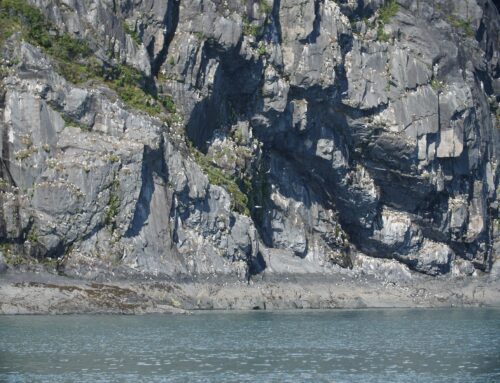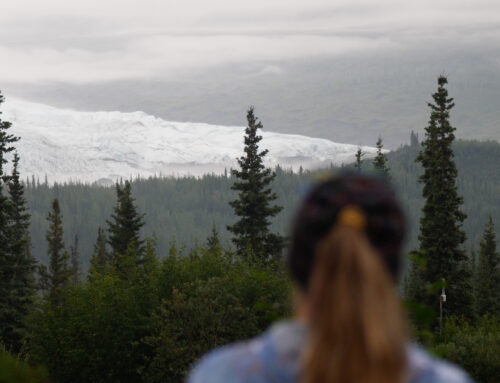Alaskan Volcanoes and the Roman Empire
The Roman Empire
Scientists have recently concluded that an Alaskan volcano erupted and played in a contributing role in the fall of the Roman Republic. In the same vein, the rise of the Roman Empire. From 43-42 BC, most of Europe (and likely the rest of the Northern Hemisphere) experienced a cold wave. This brought temperatures down by as much as 17 degrees Fahrenheit on any given day.
At this time, the Roman Republic was fraught with civil unrest and disputes. The cold wave accentuated this unrest and accelerated the disputes. The cold meant that the Republic experienced a significant famine, as the frozen ground couldn’t successfully cultivate plants, and logically, a lack of food leads to a lack of happy citizens. At the same time, disease spread increased in the Republic, further adding to the unrest.
Plotting the Particles
For many years, researchers suspected that a volcanic eruption was to blame for this cold wave and disease. The culprits included volcanoes in Nicaragua, Sicily, and Kamchatka in Eastern Russia. On the other side of the world, the Okmok Volcano on Alaska’s Unmak Island, had been dated to sometime between 190 BC and 50 AD. In the search for the cause of the climate changes this Alaskan volcano was not considered. In late June, through an ice core analysis in Greenland, scientists were able to date the eruption of the Okmok II caldera to 43 BC. This was precisely when climate started increasing unrest in the Roman Republic.
Now, how does analysis of deep ice in Greenland and Russia connect to the Alaskan volcanic eruption? When Okmok II erupted, it spread ash throughout the entire Northern Hemisphere. Ice core samples can be taken to determine the depth of certain particles is directly related to the date the particles landed.
When scientists analyzed the ice cores that they took in Greenland and Russia, they looked for layers of tephra (volcanic ash). They then compared the chemical footprint of that tephra with the chemical footprint of many volcanoes. The scientists found that there was a perfect match between the tephra of 43 BC and the Okmok volcano. That analysis made it very clear that an Alaskan eruption caused the volcanic fallout.
Alaskan Volcano Takes Down a Republic
Now, we can’t explicitly declare that the Okmok II eruption “caused” the fall of the Roman Republic. Many other factors were in play, as the political and societal unrest had begun much prior to the volcanic eruption. But it would also be naive to declare that there was no connection between the eruption and the eventual demise of the Republic. Cold, famine, and disease, all caused by this event, have all been recorded worldwide in both written and natural sources. In conclusion, Alaska played a huge role, even before the rest of the world knew of its existence.
Written By: Michelle Patten






